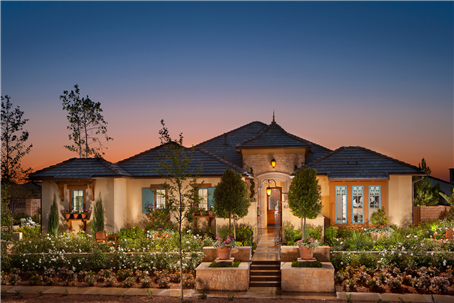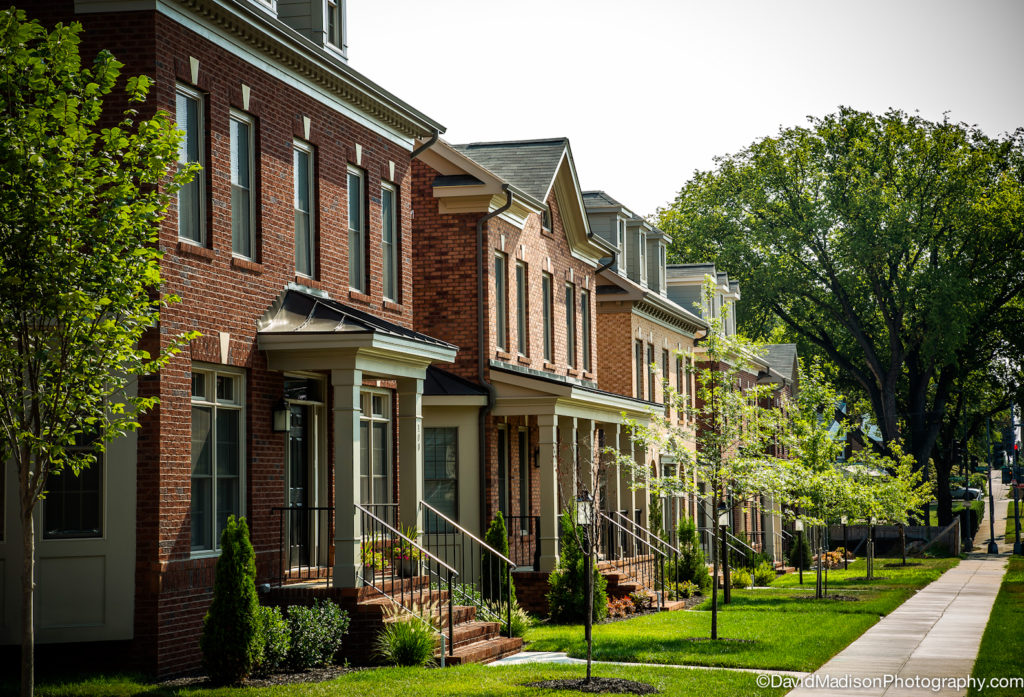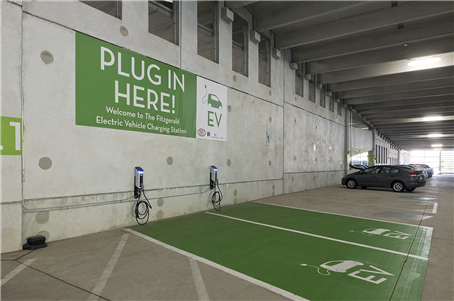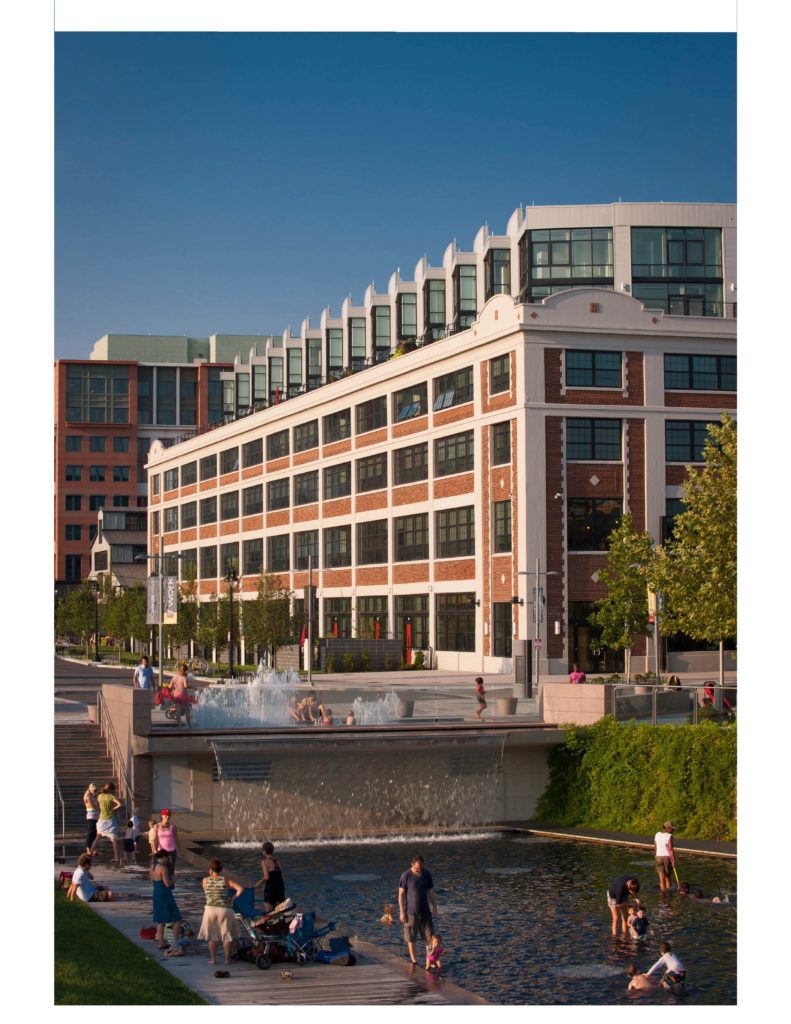As the housing market continues its recovery, there are new community design trends emerging as a result of the great recession and our subsequent lifestyle changes. These trends were compiled from research on what the large regional builders are designing, submissions for the Best in American Living Awards, and the Urban Land Institutes survey defining American community preferences.
Say goodbye to the front lawn!
The traditional front lawn is being replaced by lush landscaping, which often serves a dual purpose of managing stormwater and adding to the curb appeal of a community. This allows large homes to occupy a smaller lot, and instead of utilizing the yard for recreation, residents are using the common areas and trails. These gardens frequently feature native species, which integrates the home into the natural landscape and preserves regional character.
These romantic front yard gardens are deceptively low maintenance and create a unique design opportunity, acting as a picture frame for the home beyond. The color, pruning, shape, size and feel of the landscaping all contribute to the design of the larger community.

As housing lots are getting smaller, design has trended towards creating smaller front yards with richly, layered landscapes. Combined with the use of street trees, parkways, and front porches, the yards present attractive and welcoming street scenes.
Single-Family in the City
The line between urban and suburban is blurring, especially as Generation Y enters the home-buying market. Historically, the inability of cities to retain families was partly due to the homogeneity of urban housing stock. Cities are beginning to change their zoning to accommodate single family detached homes for residents who want a larger home but still want to enjoy city living. This is also happening in the close-in suburbs where mixed-use neighborhoods are creating a more urban feel by providing shopping and entertainment within walking distance of residential communities.

The Eco-Residence
Bikes here, bikes there, bikes everywhere! Bike riding is becoming such a popular mode of transportation that many architectural firms are now engaging in bike access planning. Bike paths and parking areas create a community amenity, and a study from the University of Delaware found that bike paths surrounding a community also increase property values. Many multifamily buildings are even providing extra space for bikes in the elevators and adding racks as an amenity within the units. Communities are also beginning to cater to the electric car owner by including charging stations in their designs. The federal government offers a 50percent tax credit towards the cost of charging stations, including installation.

What’s Old is New
Adaptive reuse is helping older communities come to life in a variety of ways. Old industrial and commercial buildings are transforming into residential homes and common spaces, and entire sites such as airports and old mills are being reused. These spaces utilize existing services and infrastructure and often encourage further development around them. Demolition of these buildings would have been a significant loss to the character and history of the cities of which they are a part.



